Cartes – XVIe siècle
La doctrine de Luther se répand en Europe et notamment en France dès les années 1520. En dépit des répressions, la réforme s’installe en France, mais irrégulièrement suivant les régions.
Dans la seconde moitié du XVIe siècle des Églises réformées se constituent surtout dans le sud de la France, du Poitou au Dauphiné en passant par l’Aunis, la Saintonge et le Languedoc. C’est ce que l’on a appelé le «croissant réformé».
Calvin, en 1541, s’installe définitivement à Genève, ville qui sera pour tous les réformés un lieu de refuge assuré.
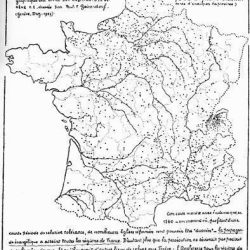
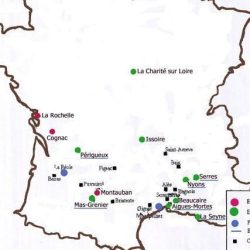
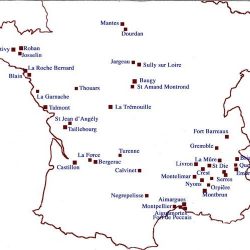
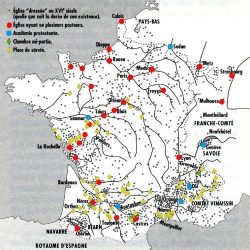
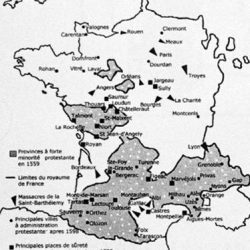
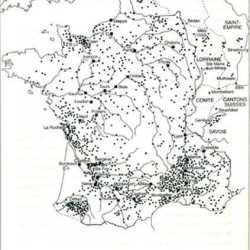
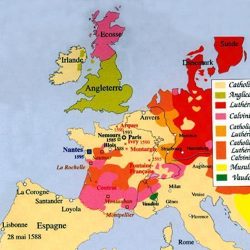

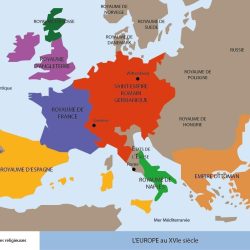
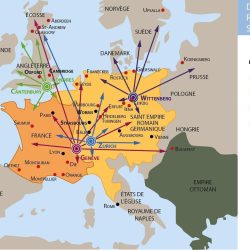

Associated notes
-
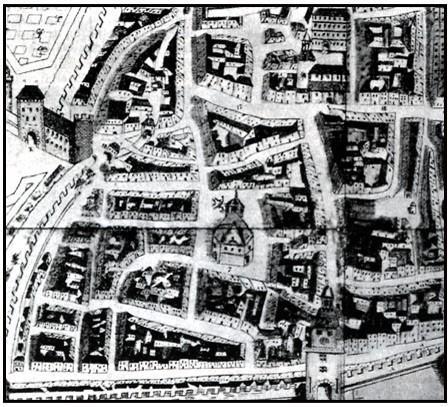
Gravures ou plans anciens de villes
Nous avons rassemblé ici un grand nombre de plans et gravures de villes des premiers temps de la Réforme. -
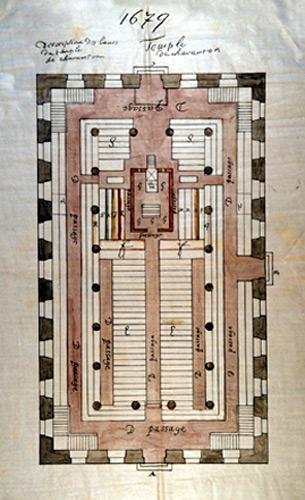
Autres plans
Certains temples du XVIe siècle, ultérieurement détruits par ordre du roi, nous sont connus grâce aux plans et gravures d’époques. Ainsi, l’œuvre de certains architectes protestants est parvenu jusqu’à nous... -

Affiches
Les affiches constituent un moyen de faire connaître le protestantisme ou de commémorer certains événements importants. -
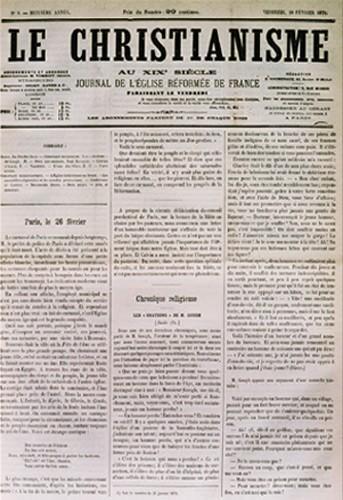
Papers or periodicals in the 19th and 20th centuries
In the 19th century, the Protestant press could express their views freely. As the number of doctrinal trends increased so did the number of periodicals. Various association also produced their...
